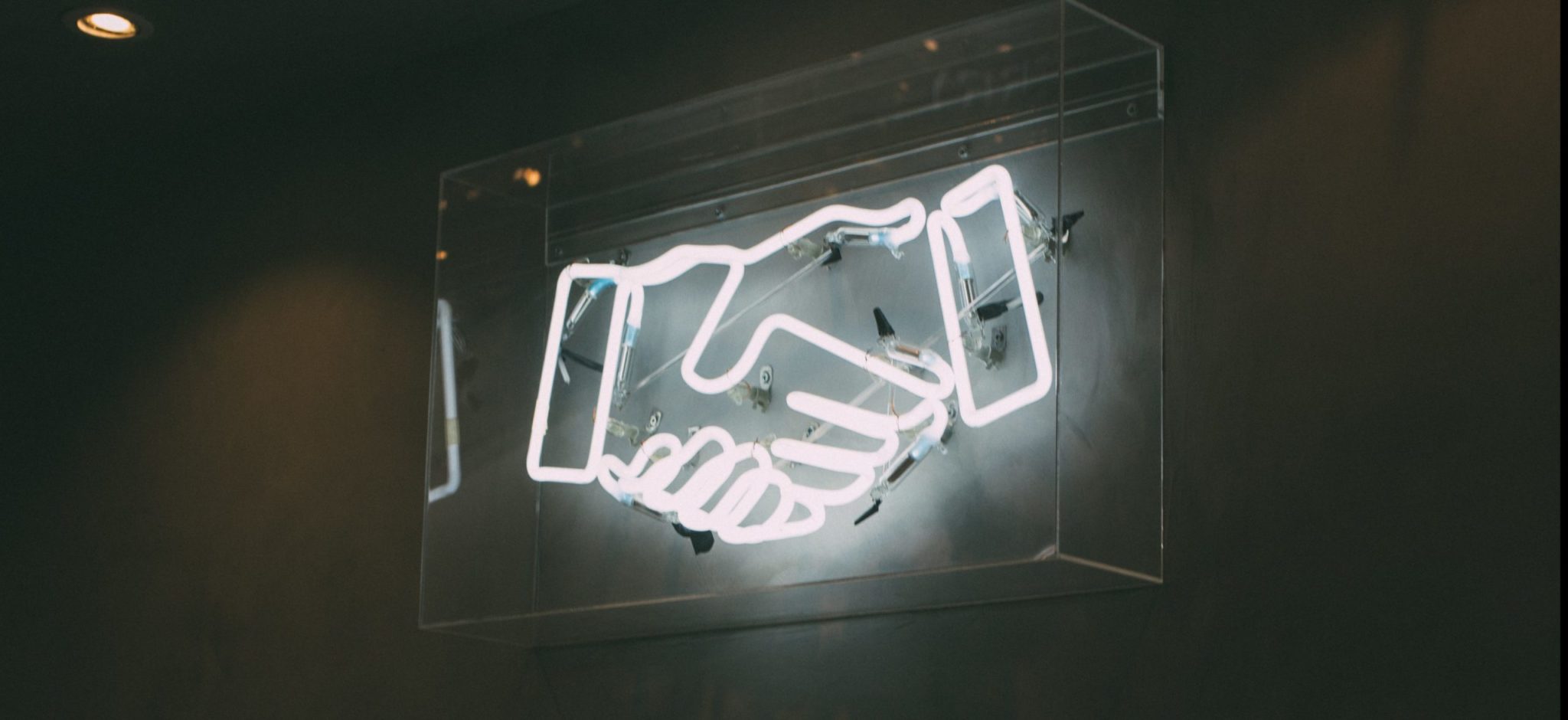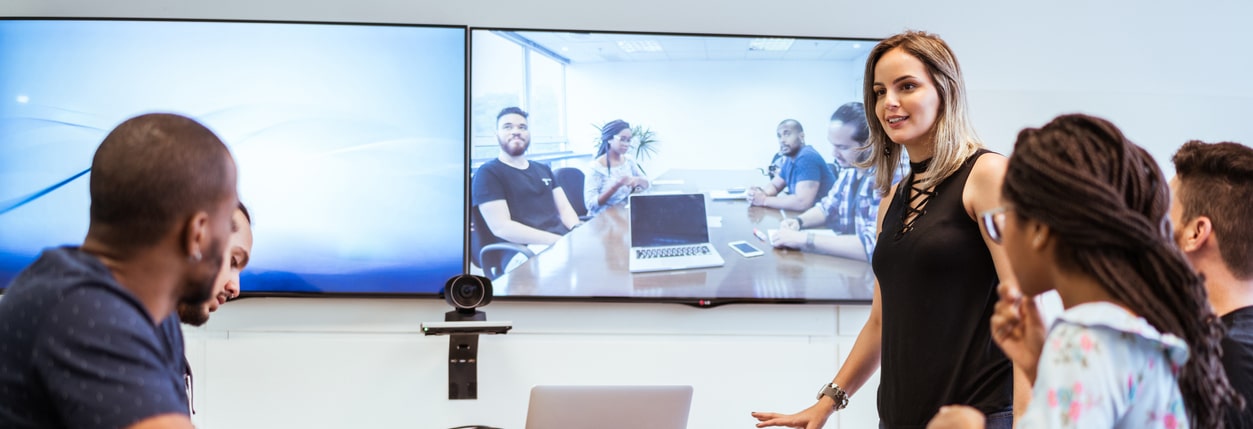On April 23, 1985, Coca-Cola announced it was changing its soda recipe, replacing a century-old formula with something smoother and sweeter. The new drink, which it dubbed New Coke, had performed well in secret tests—200,000 tasters overwhelmingly preferred it to the original recipe—and marketing executives were confident it’d be a smash success.

But they were wrong.
From the moment Coca-Cola’s new cans and bottles hit supermarket shelves, customers revolted. They rejected the new soda and began hoarding old recipe products. Die-hard fans even set up protest groups, regularly marching outside of Coca-Cola’s headquarters, some holding signs bearing the slogan “Our Children Will Never Know Refreshment.”
After three months of wavering sales and sustained public pressure, Coca-Cola’s executives blinked and reverted back to the old recipe. Consumers applauded their decision and flocked back to stores to buy their beloved soda.
In the 1980s, Coca-Cola’s customers were loyal.
They would endure unwanted product changes and commit to months of protest just to get the product they wanted. But now, things are different.
Customer demands today: my schedule, my channel, my rules
According to new research, one-third of customers said they would walk away from a brand they love after just one bad experience. One rude agent, one missed booking, one lost product—that’s all it takes today.
But it’s not just their reactions that are different. Today’s consumers have radically different expectations of businesses and brands. The way consumers interact, purchase, complain, and, perhaps most importantly, communicate are all virtually unrecognizable from how they did so even 10 or 15 years ago.
If businesses hope to survive this new wave of consumer behavior, they must understand how people think and adjust their business structures to match.
Today’s modern customer experience
Consider the modern consumer for a minute — she’s a busy professional with a reasonably comfortable disposable income, let’s call her Angela.
Angela is going to a family reunion in a week and wants to get a haircut and color before she heads out of town. She never seems to have time during the day to pick up the phone, so late on a Tuesday night, she starts researching salons on Yelp. She sends inquiries to 3 salons within walking distance from her apartment through the app and sets her phone down to finish dinner.
Just 2 minutes later, Angela gets a text message from one of the salons, with their availability over the next week. She picks up her phone to read the message and it rings.
Given her aversion to phone calls, and the fact that she has a mouth full of food, she lets the call reach her voicemail, waiting for a minute or two before listening to the message. An agent representing the same salon that sent a text message had called her to assist in booking the requested appointment. She went to bed, impressed by their persistence.
The next day, Angela gets another text from the salon, asking again if she was still interested in booking an appointment with an adjusted schedule from the night before. So she texts back a time that works for her, and they send email and text confirmation right away. They also sent her link to their Facebook and Instagram page so she could follow them for future discounts and promotions.
Build your business around your customers
Customer engagement is changing. It’s no longer enough to throw up a phone number and monitor calls for eight hours a day. Modern consumers expect an always-on service. When they need support at midnight, they expect you to be there. Not only that, they expect you to be wherever they are—be it WhatsApp, SMS, Facebook Messenger, or another channel.
Ultimately, customers want their interactions with you to be as easy as talking with a friend.
Nowadays, it’s harder than ever to earn and keep customer attention. The market is noisy and customers are cautious. When you do connect, you need to make the most of it by adding value to the customer journey and advancing business goals.
By paying close attention to Angela’s interaction with their business and making it as easy as possible for her to schedule an appointment, Angela’s salon ensured that she would select them to give her business.
With such significant and widespread behavioral change, the stakes are high for organizations. “You won’t have many chances to get it right,” wrote experience analysts for PwC. “One in three consumers say they will walk away from a brand they love after just one bad experience.”
To learn more about consumer experience, read our eBook The Future of Customer Experience: A guide to building your business around the customer.
Originally published Mar 13, 2020, updated Dec 30, 2022





